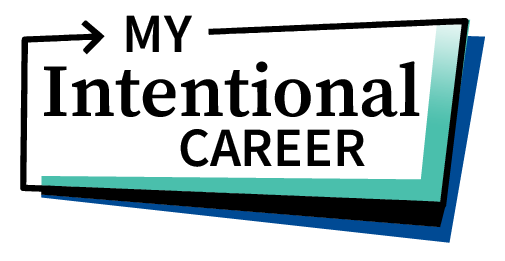
What’s your amygdala?
It’s a small almond shaped structure in your brain that’s cruicial for processing emotions, particularly fear and anxiety. It’s like a giant processing centre for our emotions.
The term amygada hijack was coined by psychologist Daniel Goleman, and it explains how this ancient part of our brain reacts to threats.
While it once helped us escape physical danger, today it triggers the same fight-or-flight response over things like a rude email or an unfair comment. The result? Stress hormones flood your system, making it hard to think clearly, problem-solve, or focus.
Common triggers for the Amygdala at work:
- Feeling disrespected or condescended to
- Being treated unfairly
- Not feeling appreciated
- Not being listened to
- Being held to unrealistic deadlines or expectations
Here’s the kicker: We need to know that it can take 3-4 hours to return to a normal state after a stressful event. But here’s a few ways you can speed that up:
Reset: What You Can Do
Name the emotion – Simply saying, “I feel frustrated” activates your thinking brain and reduces the emotional surge.
Use controlled breathing techniques:
- Box breathing (used by Navy SEALs): Inhale for 4 seconds, hold for 4 seconds, exhale for 4 seconds, hold for 4 seconds, and repeat.
- 4-7-8 breathing: Inhale for 4 seconds, hold for 7 seconds, exhale for 8 seconds (great for calming anxiety).
- Belly breathing: Breathe deeply into your stomach rather than your chest—this sends signals to your nervous system that you’re safe.
Ground yourself with the 5-4-3-2-1 technique:
- 5 things you can see (your desk, a window, a plant)
- 4 things you can touch (your chair, your clothes, a pen)
- 3 things you can hear (background noise, typing, your breath)
- 2 things you can smell (coffee, your hand cream)
- 1 thing you can taste (sip of water, gum)
This technique pulls you out of stress mode and into the present.
Take a pause or a short break—and talk to someone.
If emotions are overwhelming, step away for a few minutes. Call a friend, talk to a colleague, or simply get some fresh air. Talking things through helps shift the emotional weight and gain perspective. Walking is a great way to reset as it helps neural pathways move our brains forward
Prevention is Key
Managing your amygdala is a core part of emotional intelligence. Goleman calls this “self-management”—the ability to respond rather than react. The more we practice awareness, the less control our stress responses have over us.
Next time you feel triggered, try one of these techniques. Which one do you think would help you the most?





0 Comments